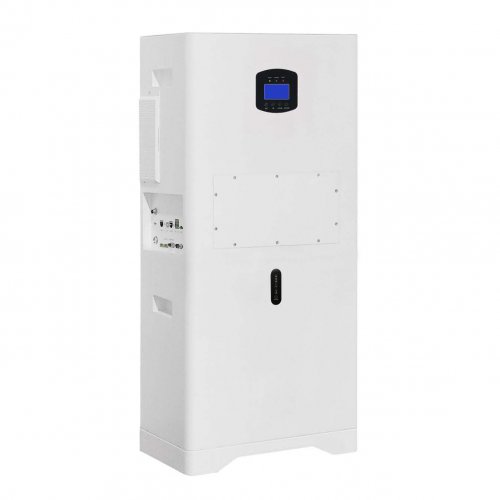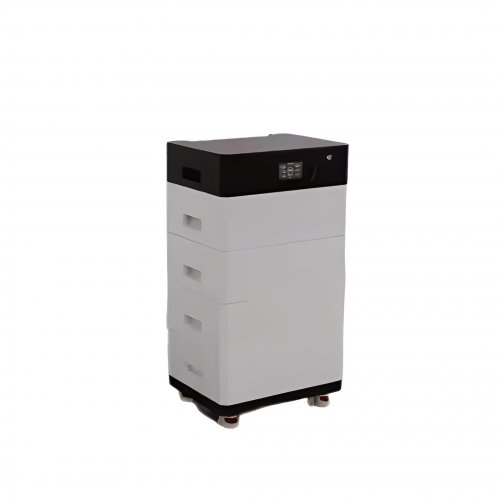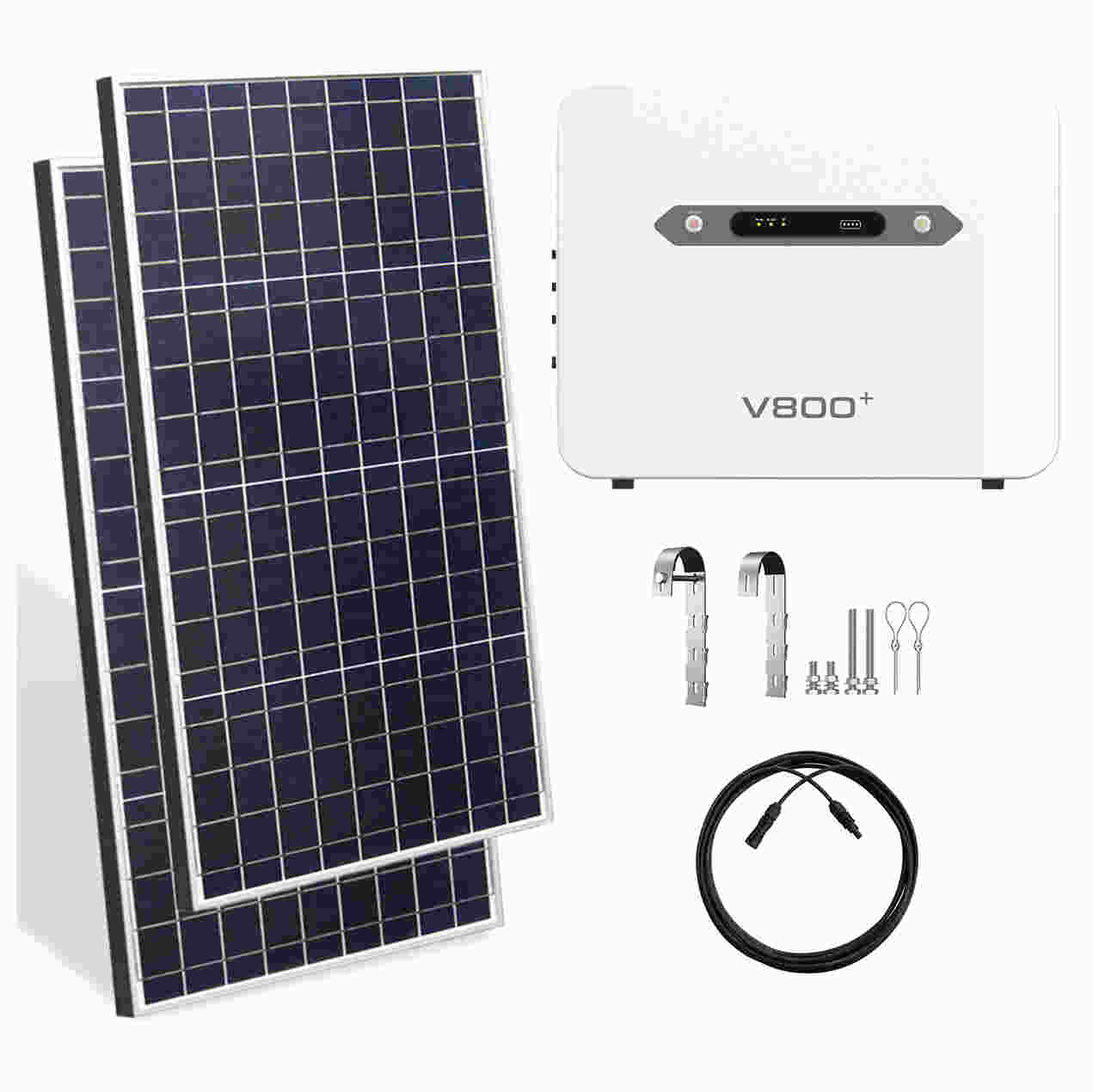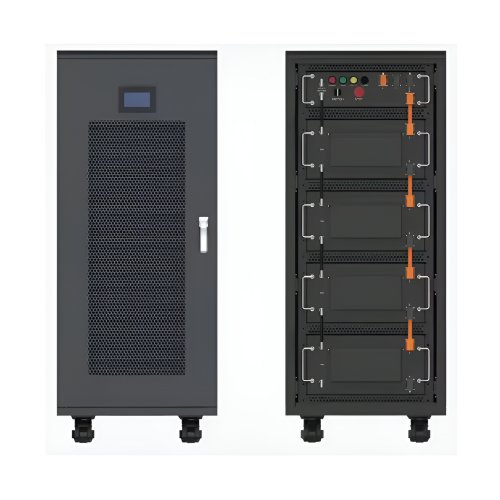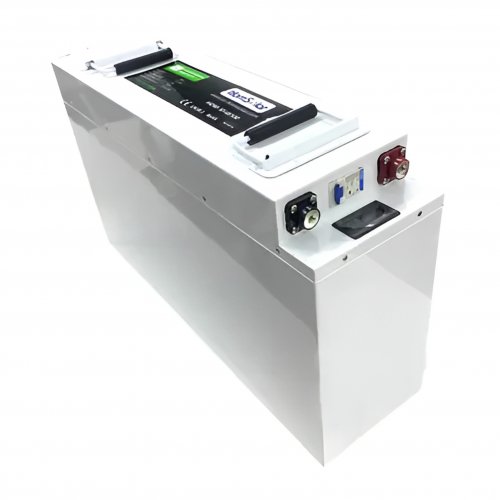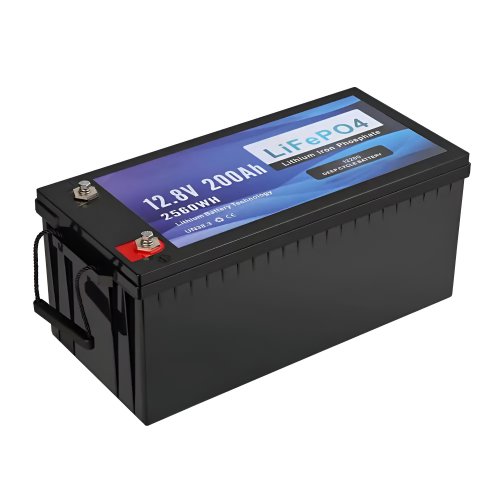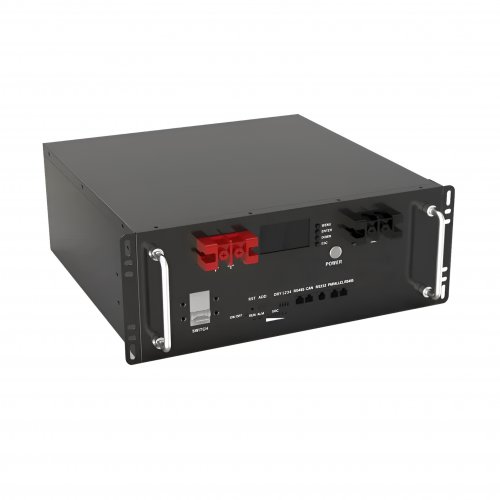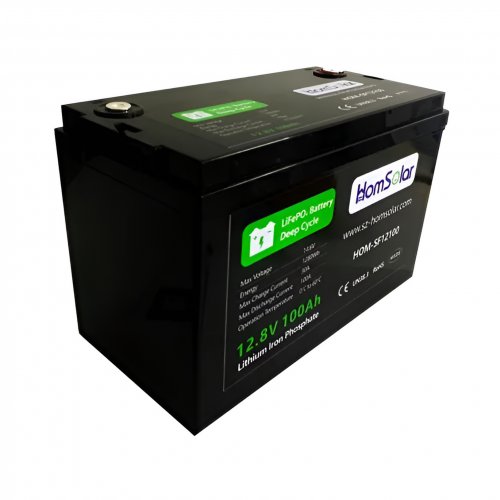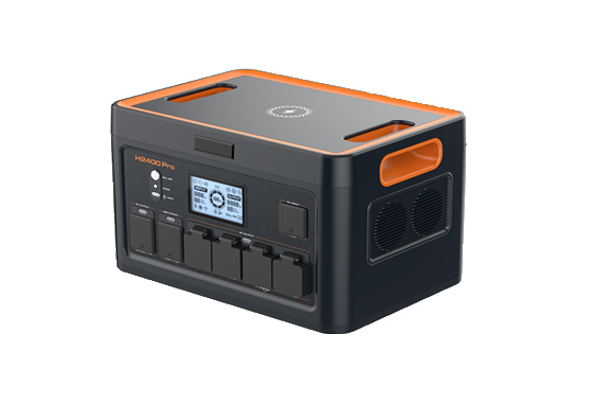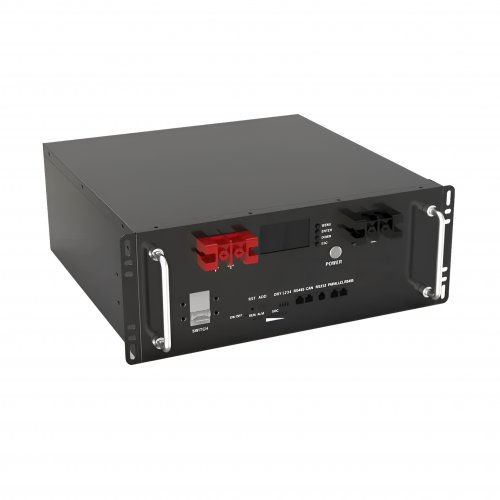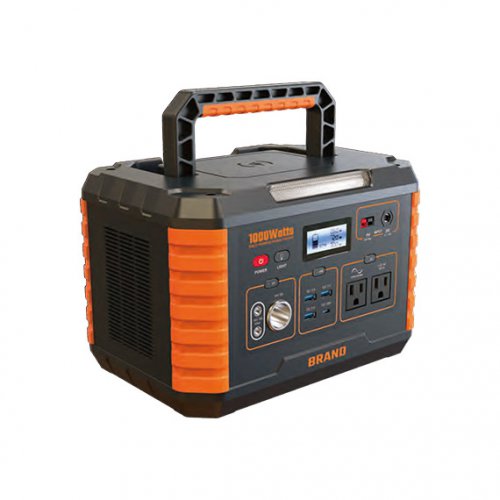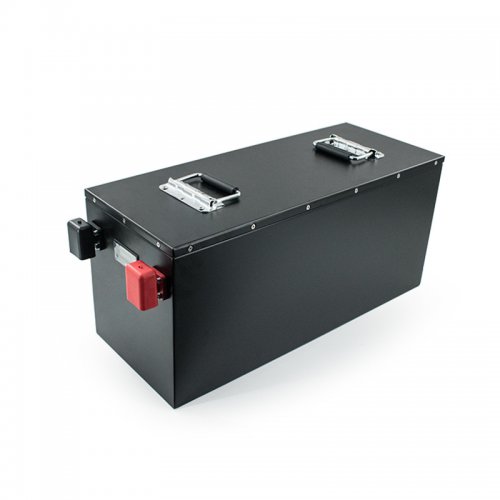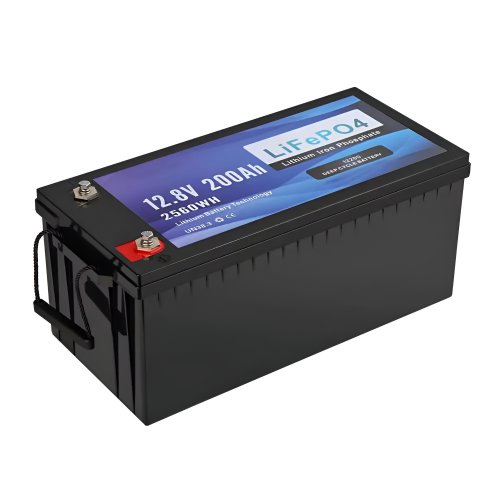Overhead agrivoltaics could disrupt global navigation satellite systems used for precision agriculture
A team of researchers led by Germany’s Fraunhofer Institute for Solar Energy Systems (Fraunhofer ISE) has investigated the impact of overhead agrivoltaics on the signal of global navigation satellite systems (GNSS) underneath. GNSS signals are used for precision agriculture capabilities, such as planting, sowing, irrigation, fertilization, and harvesting.
“This is the first study to evaluate how agrivoltaic systems affect GNSS (including GPS) and signal performance, which are essential for precision agriculture,” corresponding author Dr. Sergio Vélez Martín told pv magazine.
“Disruptions to GNSS signals can significantly reduce the effectiveness of these technologies,” the team explained. “As agrivoltaic systems are increasingly deployed in farming environments, it is crucial to understand their potential impact on GNSS signal performance and develop strategies to mitigate any adverse effects.”
To test the effect of an agrivoltaic facility on these signals, researchers conducted a study of an overhead array in Germany’s Kressbronn am Bodensee and compared these results to those of a benchmark, conventional orchard located nearby. Pome fruit grew in both test sites, with the agrivoltaics orchard having semi-transparent, double-glass PV modules above the crops. In the southern zone, the panels had a power output of 260 W, providing 40% light transparency and an approximate total power capacity of 147 kW, while in the northern zone, the panels featured a power output of 170 W, with 51% light transparency and an approximate capacity of 95 kW.
“Data were collected using a GNSS receiver, specifically a smartphone model Poco X4 Pro 5G, which supported multi-constellation GNSS logging. The smartphone was equipped with the open-source GPSTest application, which logged GNSS data,” the team explained. “The device was handheld at 1.5 m height from the ground and moved through both the agrivoltaic and conventional orchard zones, as well as along the roads within the study area, to ensure consistent data collection across the spatial extent of each zone.”
The tests showed that the average carrier-to-noise density ratio (C/N₀) decreased from 30.62 dB-Hz in the conventional orchard to 26.92 dB-Hz in the agrivoltaic system. C/N₀ measures the strength and quality of a satellite signal, and according to the literature, 24 dB-Hz is a recommended threshold. Despite the lower signal quality, the average number of satellites with C/N₀ above 24 dB-Hz remained over 22 in both areas.
“The primary challenge posed by agrivoltaics systems is signal strength reduction rather than satellite visibility geometry,” the scientists noted. “Lower horizontal dilution of precision (HDOP) and vertical dilution of precision (VDOP) values are typically linked to better positioning accuracy, and in the agrivoltaic field, values of position dilution of precision (PDOP) 0.82, HDOP 0.52, and VDOP 0.62 were observed, which are considered excellent for precision tasks.”
The measurements also showed that the agrivoltaic system had a horizontal accuracy (EHAcc) of 5.30 m and vertical accuracy (EVAcc) of 3.10 m, while the control plot had 3.8 m and 2.5 m, respectively. The U/A flag ratio was slightly higher in the agrivoltaic system (0.71) than in the control orchard (0.7). That metric describes the proportion of satellites actively used in position calculation (U flag) to the total satellites available with almanac data (A flag). Simply put, it shows how many of the satellites visible to a GNSS device are useful.
The results were presented in “,” published in Smart Agricultural Technology. The research was conducted by scientists from Germany’s Fraunhofer Institute for Solar Energy Systems ISE, the University of Freiburg, and Spain’s Spanish National Research Council (CSIC).
“The study highlights the importance of addressing signal interference to avoid hindering the integration of drones, robots, and other advanced technologies in agrivoltaics management and suggests alternative solutions, such as real-time kinematic (RTK) correction or simultaneous localization and mapping (SLAM) techniques, to enhance performance,” the scientists concluded. “These findings are critical as agrivoltaic adoption grows, requiring a balance between solar energy production and the operational needs of precision agriculture.”
Customized/OEM/ODM Service
HomSolar Supports Lifepo4 battery pack customization/OEM/ODM service, welcome to contact us and tell us your needs.


HomSolar: Your One-stop LiFePO4 Battery Pack & ESS Solution Manufacturer
Our line of LiFePO4 (LFP) batteries offer a solution to demanding applications that require a lighter weight, longer life, and higher capacity battery. Features include advanced battery management systems (BMS), Bluetooth® communication and active intelligent monitoring.

Customised Lithium Iron Phosphate Battery Casing
ABS plastic housing, aluminium housing, stainless steel housing and iron housing are available, and can also be designed and customised according to your needs.

HomSolar Smart BMS
Intelligent Battery Management System for HomSolar Energy Storage System. Bluetooth, temperature sensor, LCD display, CAN interface, UART interface also available.


Terminals & Plugs Can Be Customized
A wide range of terminals and plugs can be customised to suit the application needs of your battery products.

Well-designed Solutions for Energy Storage Systems
We will design the perfect energy storage system solution according to your needs, so that you can easily solve the specific industry applications of battery products.



About Our Battery Cells
Our energy storage system products use brand new grade A LiFePO4 cells with a battery lifespan of more than 4,000 charge/discharge cycles.



Applications in Different Industries
We supply customized & OEM battery pack, assemble cells with wiring, fuse and plastic cover, all the cell wires connected to PCB plug or built BMS.
Applications: E-bike, Electric Scooter, Golf Carts, RV, Electric Wheelchair, Electric Tools, Robot Cleaner, Robot Sweeper, Solar Energy Storage System, Emergency Light, Solar Power Light, Medical Equipment, UPS Backup Power Supply.
We can provide you with customized services. We have the ability to provide a vertical supply chain, from single cells to pack/module and to a complete power solution with BMS, etc.


HomSolar (Shenzhen) Technology Co., Ltd







